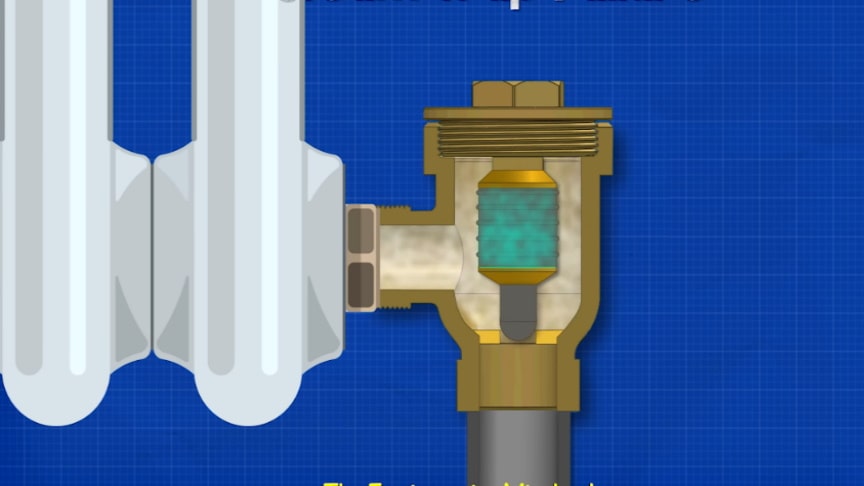Why do steam traps fail and how to tell if one has failed. That’s what we cover in this video on thermostatic radiator valve failure.A steam trap is a device used to discharge condensates and non-condensable gases with a negligible consumption or loss of live steam. Steam traps are nothing more than automatic valves. They open, close or modulate automatically.
source/image: The Engineering Mindset
Thermostatic traps remove condensate through the temperature difference of steam vs the liquid phase. The valve is driven through expansion and contraction of an element that is exposed to the heat from steam or condensate. These traps take a temperature drop below the saturation curve to open and remove condensate. These traps can perform this by a filled element or bellows or bimetallic element.
Steam trap failure is caused by improper removal of the condensate. When the steam trap shows signs it can no longer remove condensate from the steam system efficiently, it’s a sign the traps are failing. Increased inefficiency means wasted fuel and an overall increase in production costs.
Advertisement
Failed steam traps rarely exhibit symptoms enough for building occupants to initiate a maintenance ticket. The steam system will still work. The heat will still work. It takes a deliberate effort for someone to go find, evaluate, and replace failed steam traps./The Engineering Mindset











